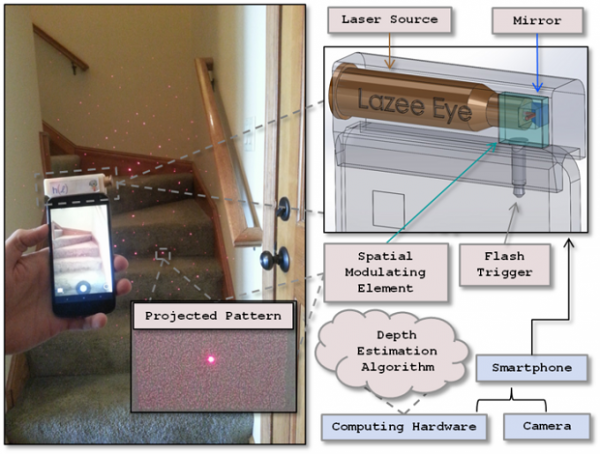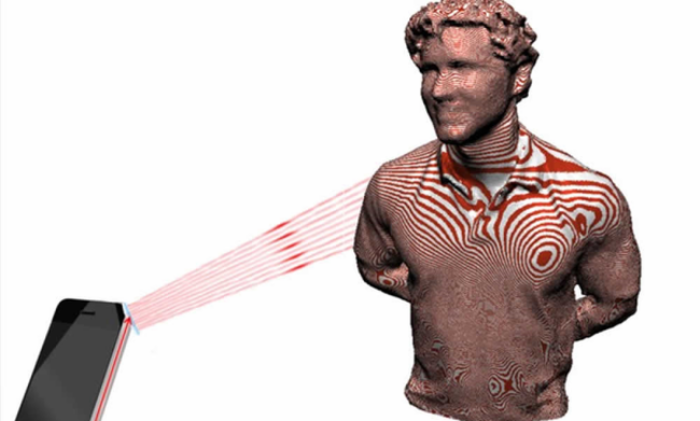
The chip maker has done one of the most interesting keynotes of CES 2015, unveiling all sorts of concepts that had the same technology at their core: the RealSense 3D imaging camera.
If until now we perceived most of the digital world in 2D, it’s time to make the switch to 3D, and Intel is ready to pave the way for this transition using its RealSense 3D imaging camera. Last year, the chip manufacturer showed us how this technology could be implemented in AIO PCs and tablets, but the CES demonstration proved that RealSense could find its way into more familiar scenarios.
When it comes to cooking, we all run of inspiration at some point. Thankfully, there are plenty of websites (allrecipes.com, foodwishes.com, so on and so forth) that can give us some fresh ideas when our mind seems to go blank in the kitchen. But after deciding which dish you’re going to prepare next, you need to either print the step-by-step instructions (that’s so 20th century, isn’t it?) or take the notebook/tablet with you while cooking. The problem is that the kitchen is not exactly the safest environment for mobile devices, as flour or salsa is the last thing that you might want on your keyboard or ports. You might wonder where I’m trying to get with this, and if I’m not simply delusional, getting from CPUs to recipes like that. Well, a notebook or tablet equipped with Intel’s RealSense camera would be able to interpret the gestures you’re making in mid air in order to scroll a webpage or go to the next step.
The way we interact with doors might also suffer some changes. Intel demonstrated how authentication could make its way into more mundane aspects of our lives. If people put a RealSense camera near their door to take 3D images of whoever is knocking, keys could become a thing of the past. Of course, once a person is authenticated, a connection would have to be established between the 3D camera and the electromagnetic lock, so that the door opens. I don’t see this becoming mainstream in the very near future, but it’s definitely something I would use.
Intel is getting involved in new areas, showing that they’re willing to go beyond CPUs, and that can only be a good thing, provided that they maintain the same quality standards.
Be social! Follow Walyou on Facebook and Twitter, and read more related stories about the HP Sprout 3D scanning AIO PC, or the RealSense-equipped Dell Venue 8 7840 tablet.












